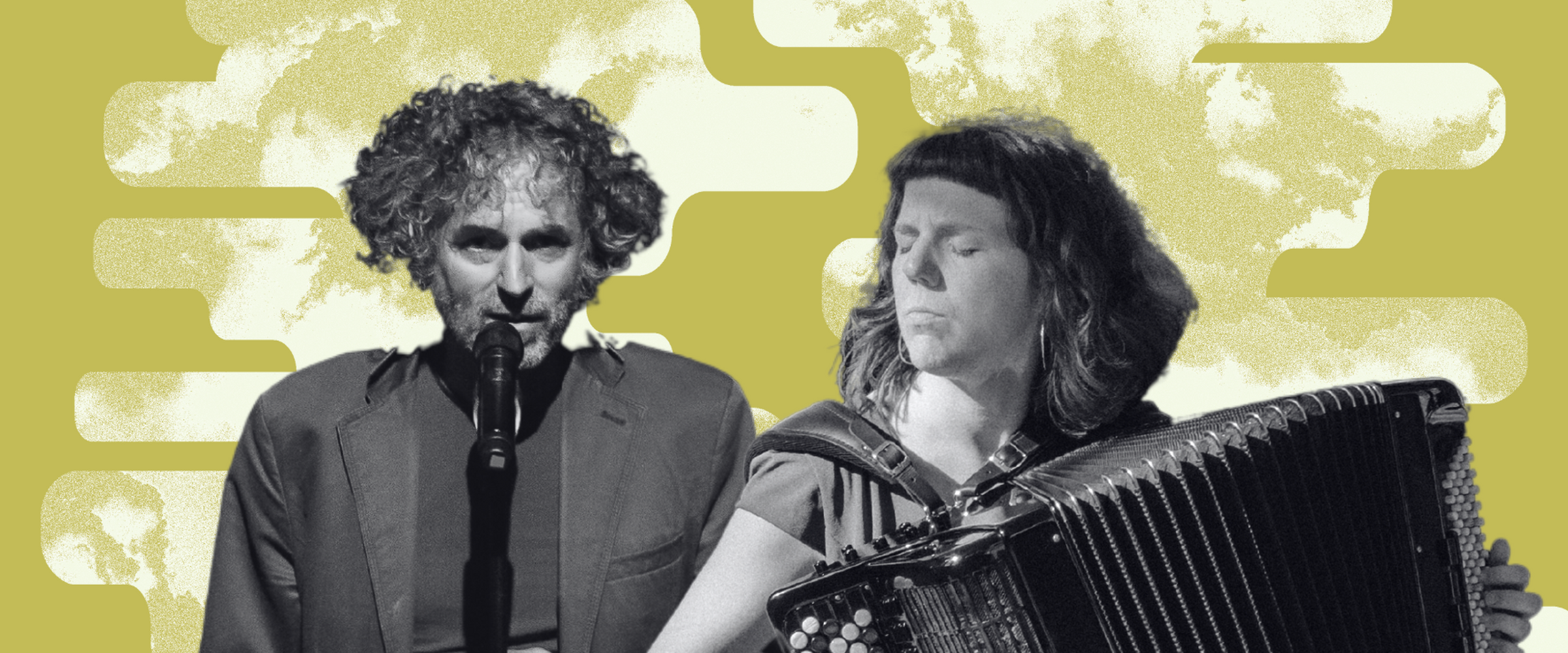Interview by Dirk Steenhaut
Is it important for a music house like Ha not only to be receptive, but also to launch projects that are unique and unpredictable?
WIM WABBES (artistic director): 'Absolutely. When we program musicians who we feel are producing interesting work, we like to follow their trajectory over a longer period of time. The Raakvlak series is a direct result of that. We asked four of our cherished 'house artists': with whom would you like to collaborate? To that end, they were allowed to choose their own creative occasional partner.
So accordionist Sara Salvérius is teaming up with a Finnish soprano singer, Roland is joining forces with cellist Benjamin Glorieux, double bassist Lara Rosseel is making an alliance with Californian songwriter and violinist Laura Cortese and tubist Berlinde Deman is teaming up with Iranian tar player Shahab Azinmehr. Interesting, especially when you know that a tuba is normally never featured in Persian music.'
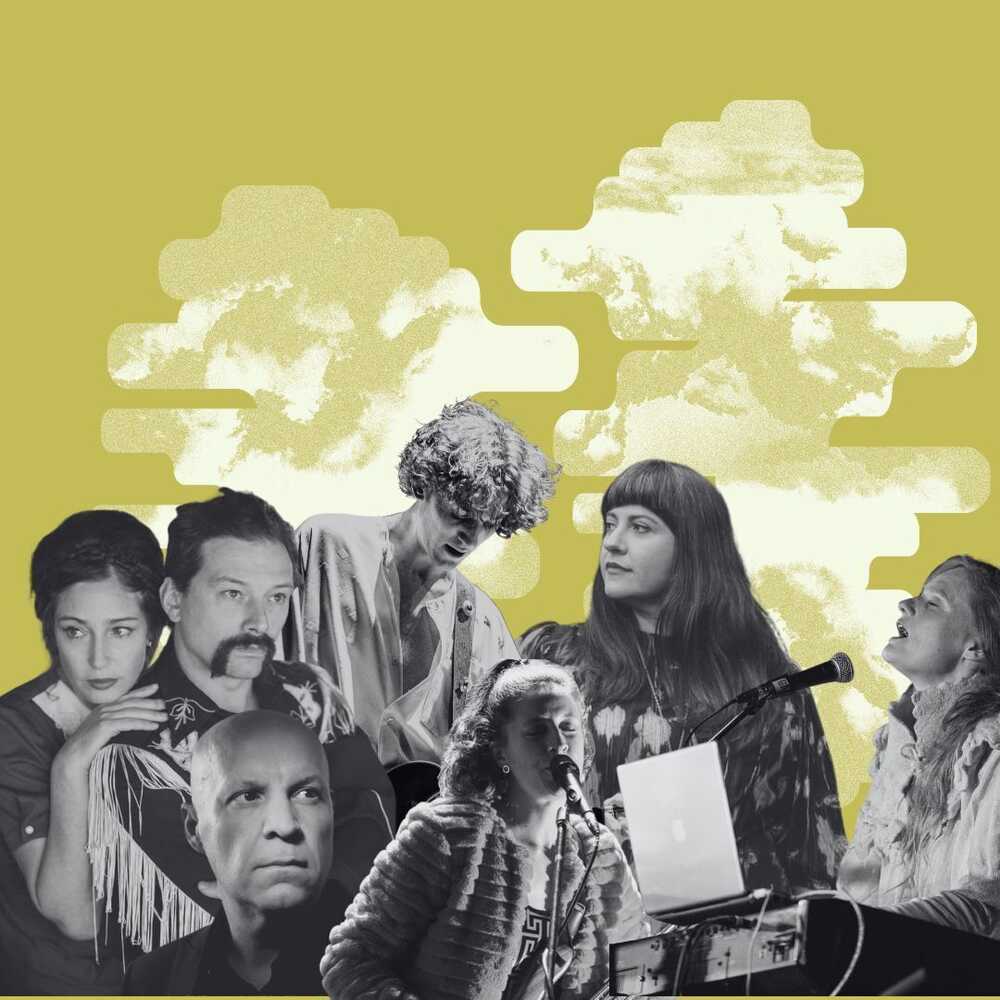
In February, you will also present an evening of "Bright Light Sessions.
WABBES: 'It is not unusual for jazz musicians, who know each other from neither hair nor feathers, to get together, pick up their instrument and start playing without any prior agreements about the what or how. In pop or rock music, that freedom doesn't exist, and my fellow programmer Cleo Janse wanted to do something about that.
So the idea was: bring songwriters together, have them each contribute a song and put together a full evening program. Artists meet each other, throw their whole life on the table and go on stage together, with the energy or the vulnerability of the moment'.
Was it difficult to find artists willing to commit their fate to that of another and take a leap into the rarefied?
WABBES: "No, because our house artists have an open mind anyway and fit in perfectly with Ha's philosophy. The adventurous nature of the music is always paramount for us. We usually work with musicians who operate outside the mainstream and are always looking for a different musical interpretation. That automatically creates space for collaborations.
We keep away from discussions about whether something is jazzy or folky enough. We are more concerned with attitude than with a well-defined idiom. The most fascinating music is the one that deviates from the paved paths and is therefore difficult to define. We prefer to focus on places where the boundaries between genres are blurred. Folk, for example, is often focused on preserving a heritage, and there's nothing wrong with that. But a Sara Salvérius, who colors outside the lines both compositionally and in her handling of her instrument, that's exciting. She departs from tradition and uses it to make her own music.
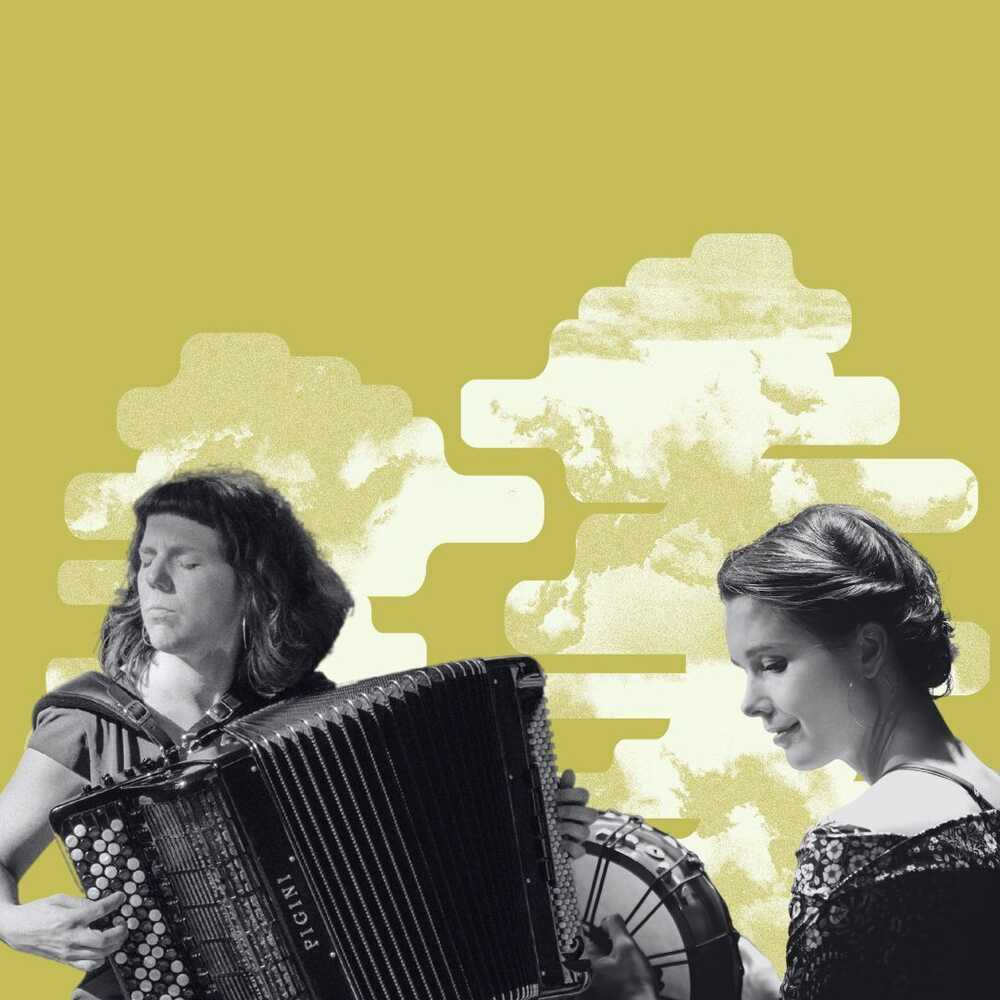
Sara, you will collaborate, as accordionist, with Aino Peltomaa, a Finnish harpist and soprano singer who performs both traditional folk and Gregorian songs. What attracts you so much to this project?
SARA SALVÉRIUS: "Last year I heard Aino sing in a church during the Festival of Flanders. She played together with a pianist and a gambist and I was deeply moved by the atmosphere she managed to evoke. When Wim asked me if I could envision a musical encounter, I immediately thought of her. I do think we have certain similarities, because my music usually starts from a certain mood. It would be nice if we could succeed in connecting both our identities, so that one plus one is not necessarily two, but preferably three.
Do you find it essential to be challenged as a musician?
SALVÉRIUS: "Definitely. When Wim made his proposal, I was in a compositional dip. I didn't have much inspiration anymore, felt like I had been stuck in the same vibe for too long. The prospect of going ship with Aino Peltomaa immediately gave me new ideas. I find it exciting to be lured out of my comfort zone. Something like that is indispensable if you want to keep growing as an artist. The prospect of being inspired by new people, broadening my horizons, expanding my musical vocabulary, seems quite exciting to me.
'Look, I studied classical music at the conservatory, but in parallel I was also active in the folk scene. The former was mainly score-oriented, the latter allowed me to make things purely by ear. From my time at the conservatory I learned a lot technically. As a musician, however, I prefer to explore other fields. Aino also followed a classical path, but today her work relies more on improvisation. So we have gone through a similar evolution.
I find it exciting to be lured out of my comfort zone. Something like that is indispensable if you want to keep growing as an artist.
Sara Salvérius
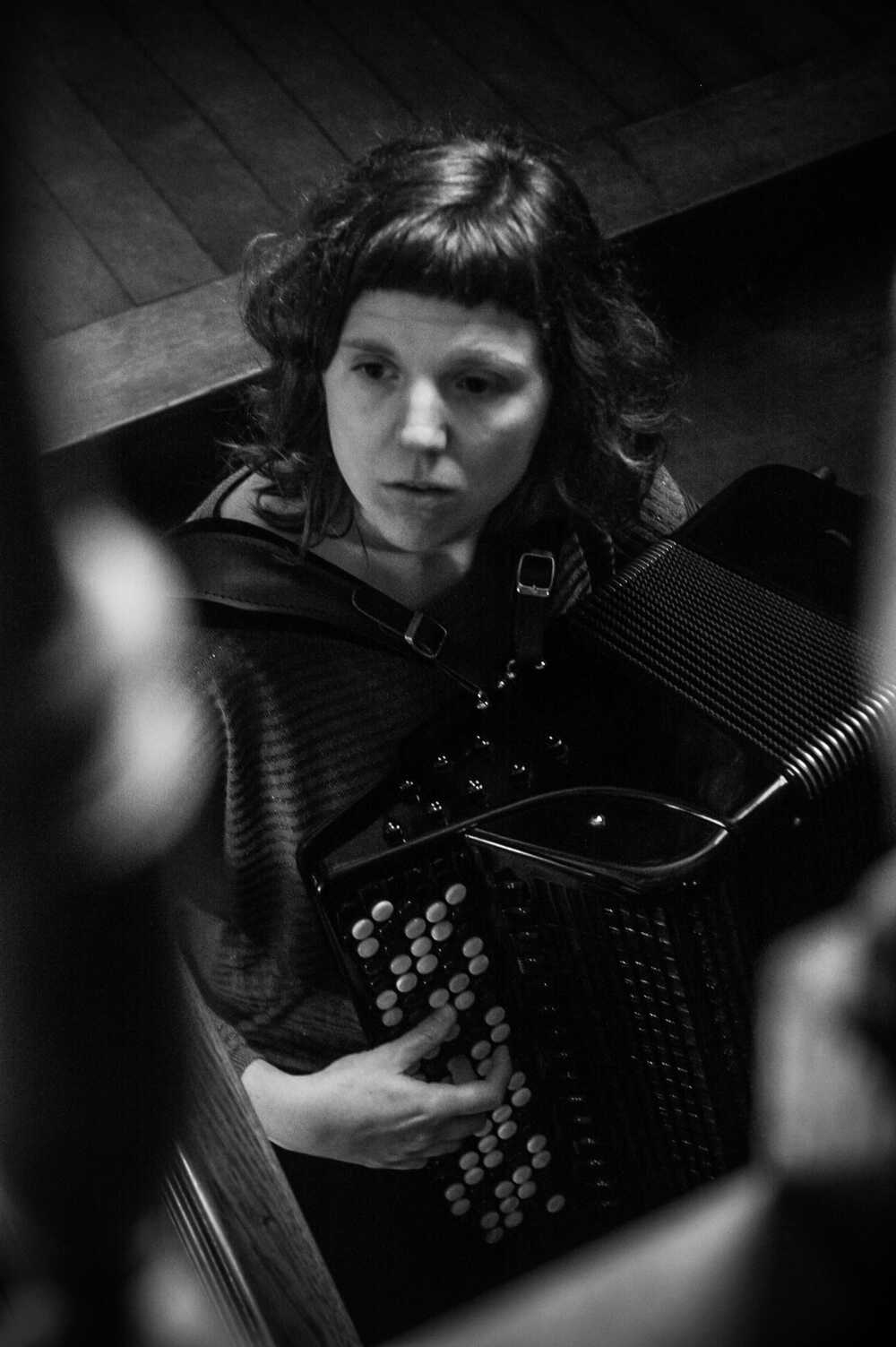
How do you prepare for such a new musical tête à tête?
SALVERIUS: "Good question. Should I immerse myself completely in Aino's music? I'm hesitating about that now, because I might be in danger of taking over too much from her. We get four rehearsal days to put together a concert program together. So it seems more interesting to me to explore each other's universe instinctively and by doing.
'Where to start? With someone you don't know, it's not natural to open up completely. So I think we will first chat a little to get to know each other somewhat and then jam until we arrive at something we both feel comfortable with. These days I don't venture into improvisation very easily: I usually cling to the form of my compositions. So it would be nice if, by playing with Aino, I could find some more freedom again.
WABBES: "You must indeed dare to throw yourself into it. The risk of failure is just part of it'.
#Stories
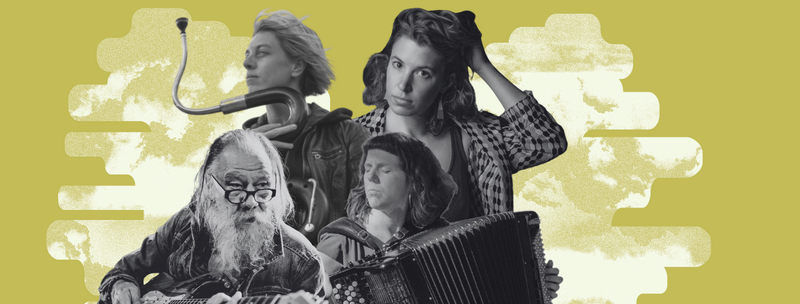
This is RAAKVLAK - new creations for 20 years of Ha
We bring artists together in new collaborations. That provides a breeding ground for more connection and experimentation.
